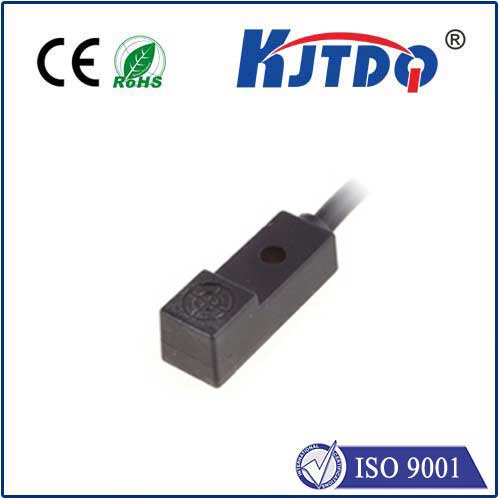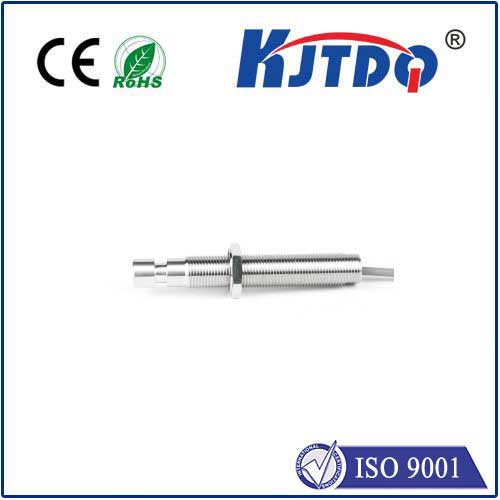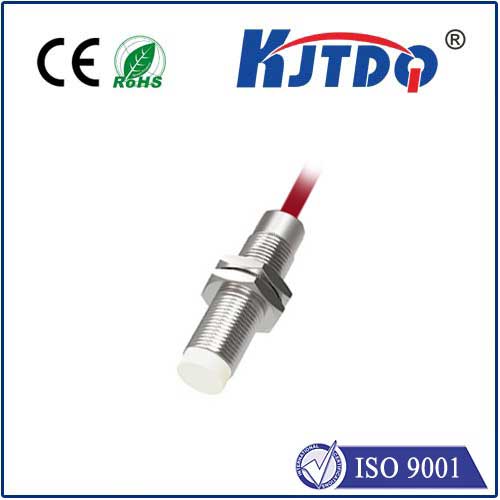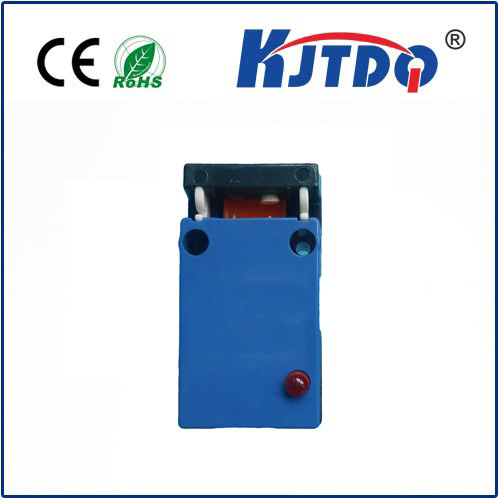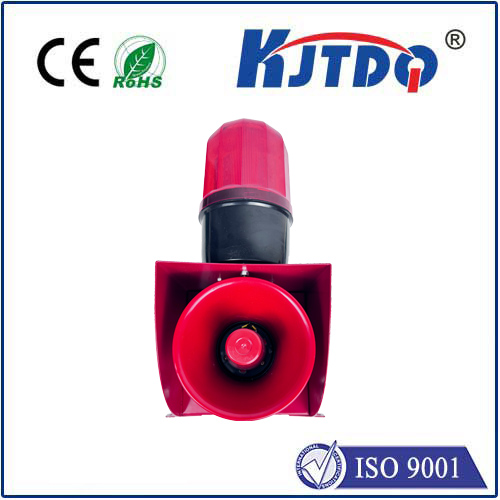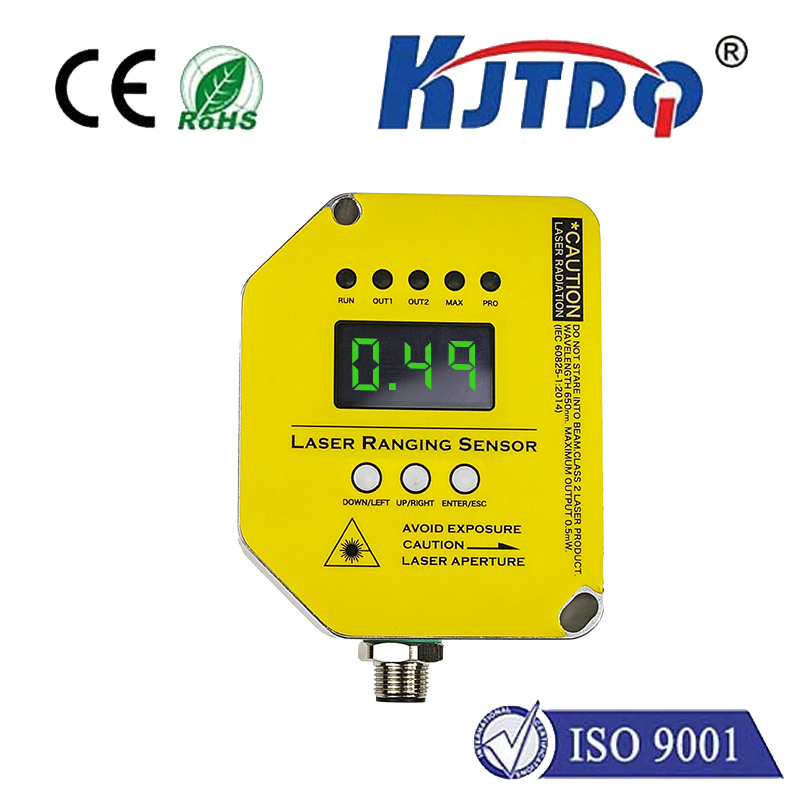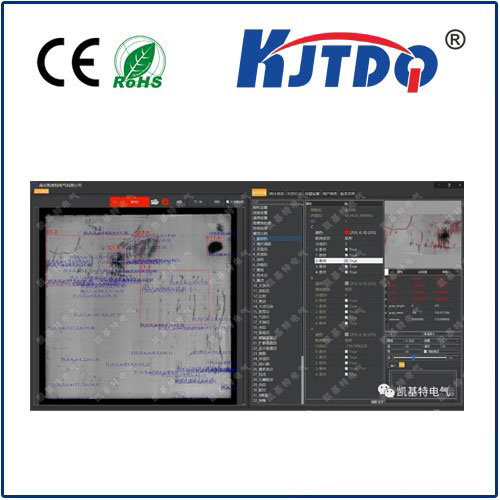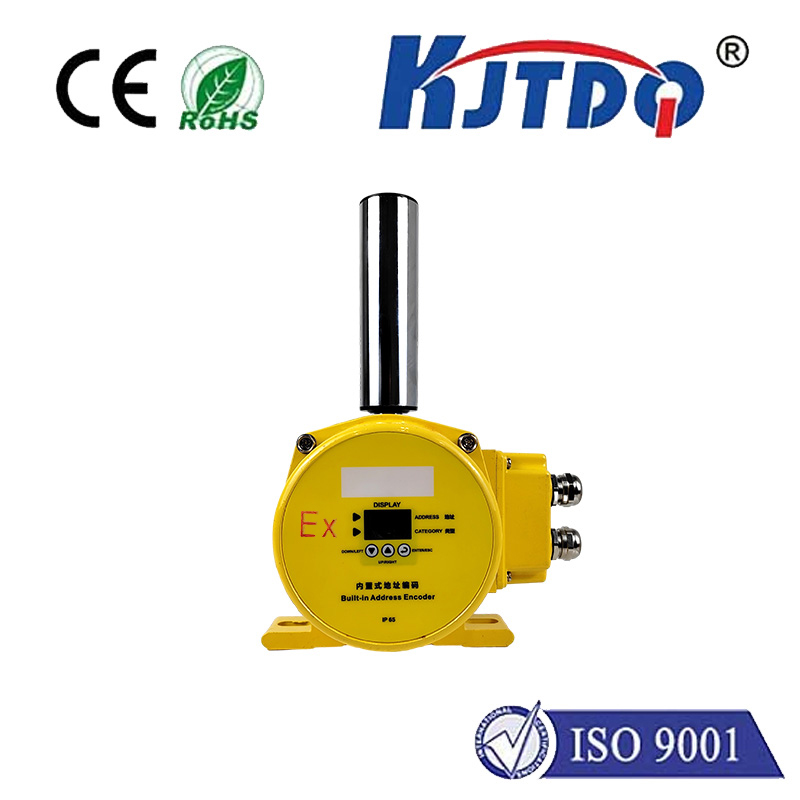
check

check

check

check
Title: Revolutionizing Cameras with Laser CMOS Technology
In the ever-evolving world of technology, the quest for improved image quality and faster processing has led to groundbreaking advancements in camera systems. Among these innovations, the integration of laser technology with CMOS sensors has emerged as a game-changer, particularly in the realm of photography and videography. In this article, we will explore how the combination of laser and CMOS technology is revolutionizing cameras and paving the way for future developments in imaging.

The first section delves into the fundamentals of CMOS sensors and their widespread use in digital cameras. CMOS, short for Complementary Metal-Oxide-Semiconductor, is a type of image sensor technology that has become prevalent due to its low power consumption and cost-effective manufacturing. These sensors are capable of converting light into electrical signals, which can then be processed to form digital images. The prevalence of CMOS sensors is attributed not only to their affordability but also their ability to perform well in various lighting conditions, making them suitable for diverse applications from smartphone cameras to professional photography equipment.
The next segment focuses on the introduction of laser technology into CMOS sensors and the benefits it brings. Laser technology, known for its precision and intensity, when incorporated into a CMOS sensor, enhances its capabilities significantly. This partnership enables what is known as "laser CMOS," which employs a laser beam to improve the sensor's light sensitivity and reduce noise levels, thereby elevating the overall image quality. Laser CMOS sensors provide clearer, more vibrant images and offer better performance in low-light situations compared to their traditional CMOS counterparts without sacrificing energy efficiency.
Following that, the discussion turns to the practical applications and advantages of laser CMOS technology in various industries. With enhanced imaging capabilities, laser CMOS sensors have found utility beyond standard photography. They are instrumental in fields such as astronomy, where they help capture intricate details of celestial bodies; in medicine, where they provide high-resolution images for diagnostic purposes; and in surveillance systems, offering sharper images for better security insights. Moreover, the technology's ability to produce high-quality images at reduced noise levels has made it an attractive option for filmmakers and content creators who demand superior visual fidelity.
Finally, the article concludes by speculating on the potential future of this innovative technology. As research continues and technology advances further, the possibilities for laser CMOS seem endless. From further improving image quality to enabling new functionalities like faster autofocus or better dynamic range, laser CMOS sensors hold promise for continued improvements in the realm of digital imaging. Additionally, with the advent of artificial intelligence and machine learning, there is an exciting prospect for these sensors to become smarter, adapting to various shooting environments and automatically optimizing settings for the best results.
In summary, the amalgamation of laser technology with CMOS sensors has unleashed a new era in camera systems, offering enhanced image quality and versatile applications. As we look forward to the future, laser CMOS technology is poised to continue shaping the landscape of photography and videography, pushing the boundaries of what is possible in capturing the world around us.

